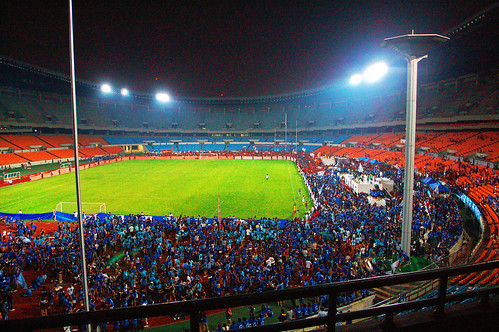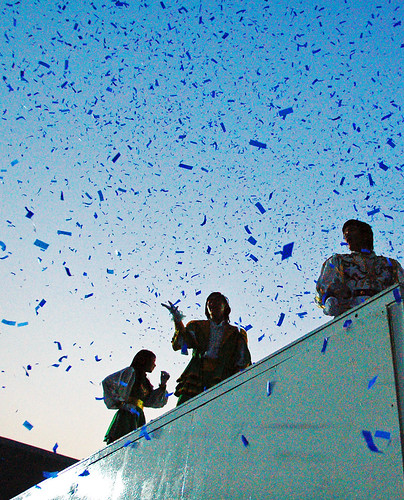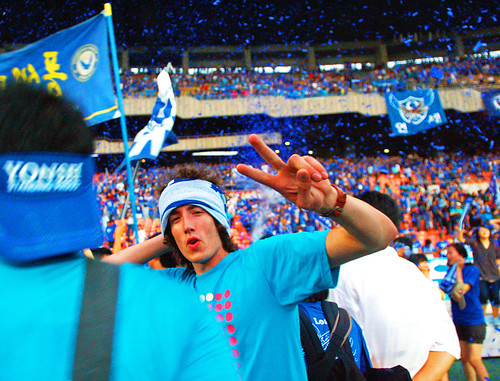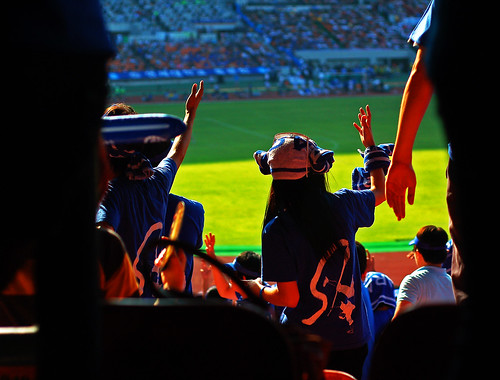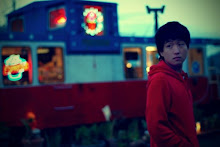I had the opportunity to partake in this holiday with my friend from the University of Washington. Her extended family gathered during the early morning hours of Chuseok at her great-parent's grave site. Everyone brought food, some of which was methodically arranged upon a stone tablet directly in front of the grave. Then, we all bowed toward the grave, first kneeling upon both knees and then placing our heads downward onto the ground and finally rising back to the standing position. We did this twice.
Next, we waited for the great-grandfather and great-grandmother to symbolically eat the food. There is no set time for this, but we waited for perhaps 10 minutes and women among the group used the time to set out mats on the grass and prepare other foods for lunch.
Typical foods during Chuseok include songpyeon (송편), which is a steamed rice cake with a rather chewy texture. We also ate grapes, dates, pears, kimchi, rice and several meat and fish dishes.
The ancestors normally "eat" a prescribed set of dishes, although these days my hosts explained to me that it is increasingly common to set aside some coffee or a pack of cigarettes for the deceased.
It is also customary to clean the grave site sometime during the Chuseok holiday as a mark of respect for those who are interred there. My host was explaining to me that the grave is particularly difficult for them to maintain since rain and erosion work against their efforts to keep the grave's rounded shape (see below).
I suppose it is rather easy for Americans to understand Chuseok as the "Korean Thanksgiving" because it is a harvest festival which brings family together, but clearly this ancestral aspect of Chuseok differentiates the holiday from the American Thanksgiving. Seeing it firsthand was very enlightening for me and I'd like to end this post with a public thank you to my friend who invited me along.
Thanks!
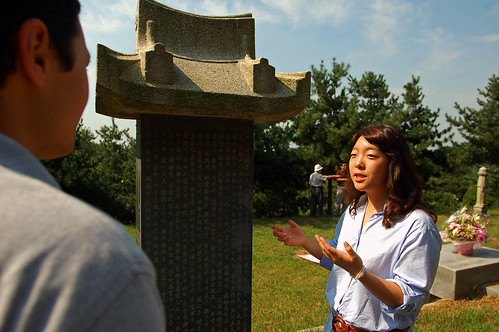
Above: My friend explains the significance of the hangul (lettering) inscription, which is placed next to her great-grandfather's grave. The inscription tells about her family's history. Due to historical Confucian influence throughout the country, my host told me that only the male lineage is engraved on this marker.

Above: This is my friend's great-grandfather's grave. During Chuseok, it is customary to leave food and drink out for these ancestors. Here, my friend is learning about these customs.

